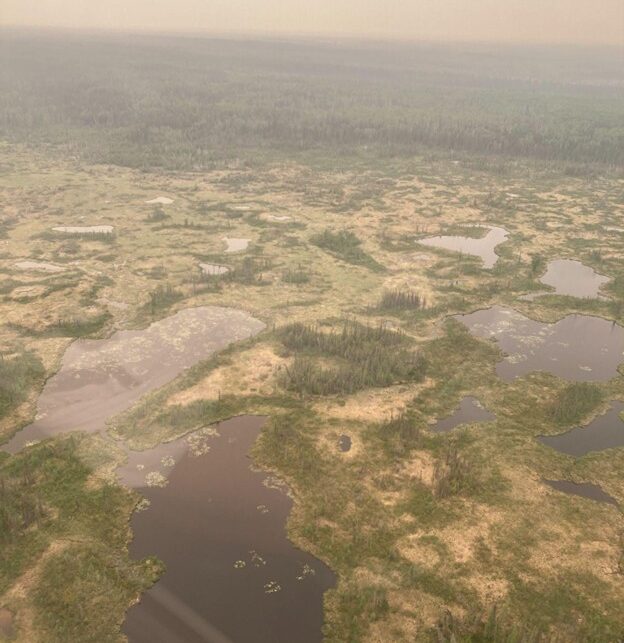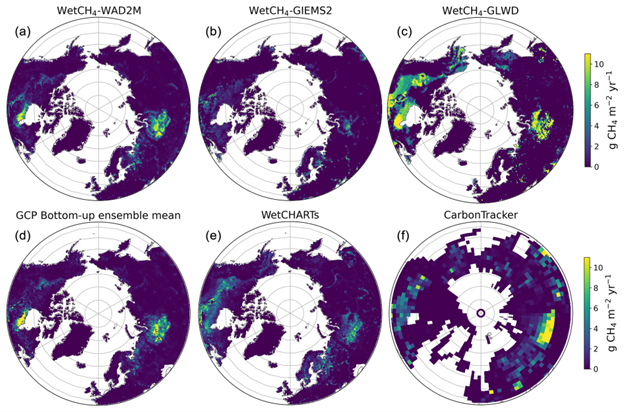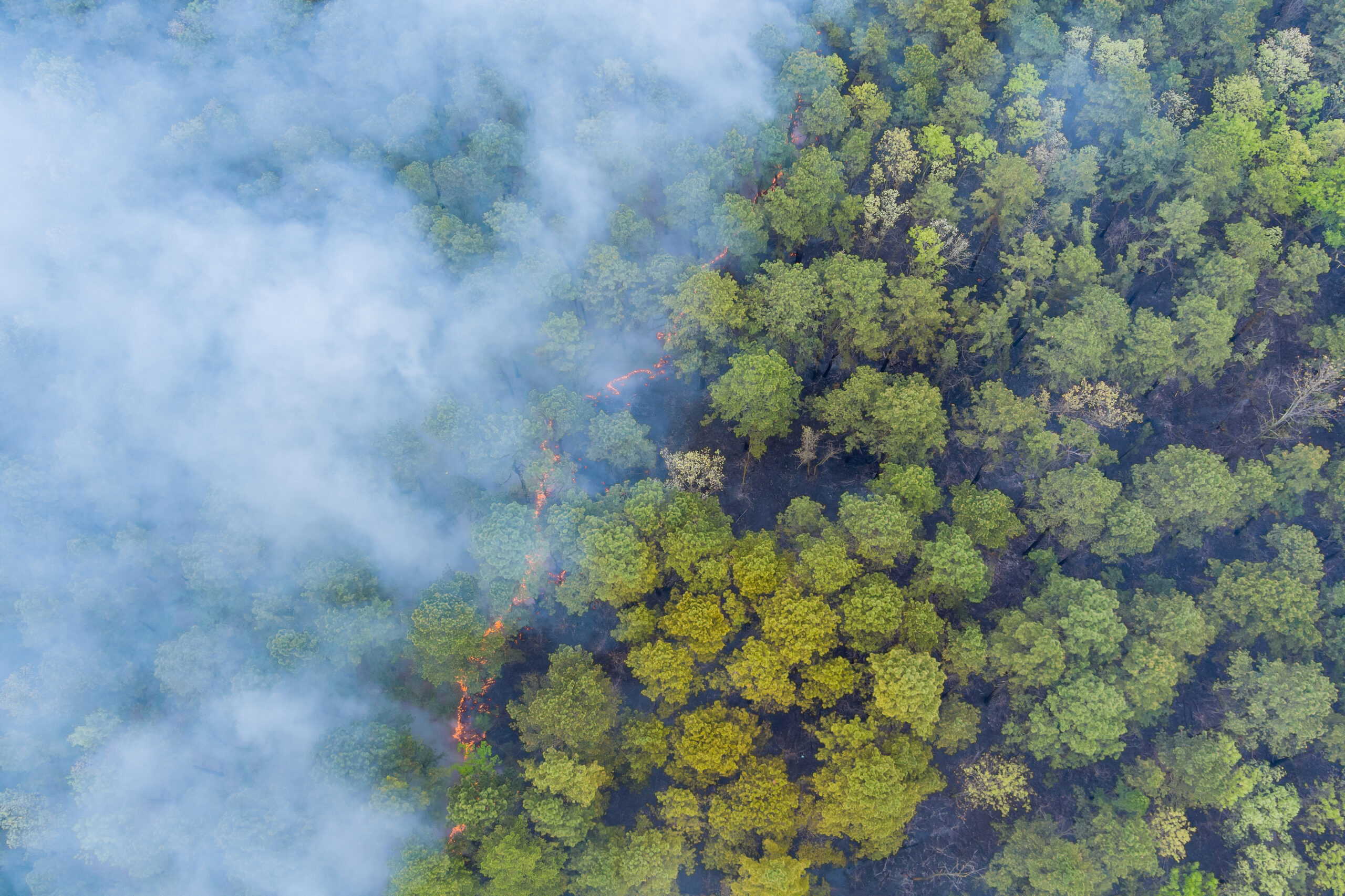
When people think about methane, a potent greenhouse gas highly efficient at trapping heat in our atmosphere, they often picture industrial smokestacks, oil rigs, or livestock. But one of the primary and least understood sources of methane isn’t industrial — it’s natural.
Wetlands, some of the most productive ecosystems on Earth, are also the largest natural source of methane emissions globally. Wetlands are made up of dense vegetation, which absorb carbon dioxide from the air, and waterlogged soil, which slows the decomposition of organic matter. This combination helps trap organic carbon in plants and soils but releases methane into the atmosphere.
However, wetlands are extremely vulnerable to environmental fluctuations, which makes tracking methane emissions very difficult.
“Wetlands represent the largest natural methane source, and the largest source of uncertainty in the global methane budget,” said Qing Ying, ESSIC postdoctoral associate and first author of a new paper in Earth System Science Data. “Accurately understanding the dynamics of natural methane emissions is key to explaining the observed increase in atmospheric methane concentrations.”
Ying and an international team of wetland scientists created a new system called WetCH4 that uses machine learning to estimate how much methane is released every day from northern wetlands, or wetlands located north of the 45° N latitude line. WetCH4 works by combining ground-based data – obtained from special towers that measure gas exchange – with satellite observations of environmental conditions. The system can make detailed predictions about methane emissions, with each estimate covering a 10-kilometer grid of wetland area.

Researchers found that from 2016 to 2022, northern wetlands released an average of 22.8 million tons of methane per year. This accounts for ~15% of global wetland methane emissions. This is the first time scientists have been able to estimate these emissions this closely.
The biggest factors affecting how quickly a wetland releases methane are soil temperature, soil moisture, and plants. Warmer temperatures speed up wetland decomposition, leading to methane being released into the air. Inundation – or when regions are flooded for extended periods – can reduce oxygen levels in the soil, further increasing the production of methane. Plant productivity can provide instant food to methane-producing bacteria and the presence of “aerenchymous vegetation” will accelerate the transport of methane from soil to the air.
“Northern wetlands, particularly in permafrost areas, are susceptible to temperature increase,” said Ying. “The rates of methane emissions may increase quickly because of intensified warming.”
Understanding current emissions from natural sources is critical as scientists work towards quantifying the global effects of greenhouse gas emissions. WetCH4’s comprehensive monitoring of northern wetland emissions can help scientists understand how the region is responding to temperature variability. This can, in turn, help policymakers develop mitigation strategies and local stakeholders make adaptation plans.
The study calls for a need to expand the current methane observation network to other underrepresented wetlands, including the Western Siberian Lowlands and interior Canada. Next, Ying and her team intend to test how the WetCH4 framework responds in midlatitude and tropical wetlands. They also want to collect more year-round observations and improve the data products that WetCH4 depends on to allow for accurate upscaling.
“I hope the product can be used in regional or local methane budgets,” said Ying, “I also hope the product provides adequate spatiotemporal information on methane emissions for stakeholders to assess their wetlands’ ecosystem services, feedback, and adaptations.”
This work was supported by the PermafrostPathways project, which focuses on developing adaptation and mitigation strategies to address urgent challenges posed by thawing Arctic permafrost.





